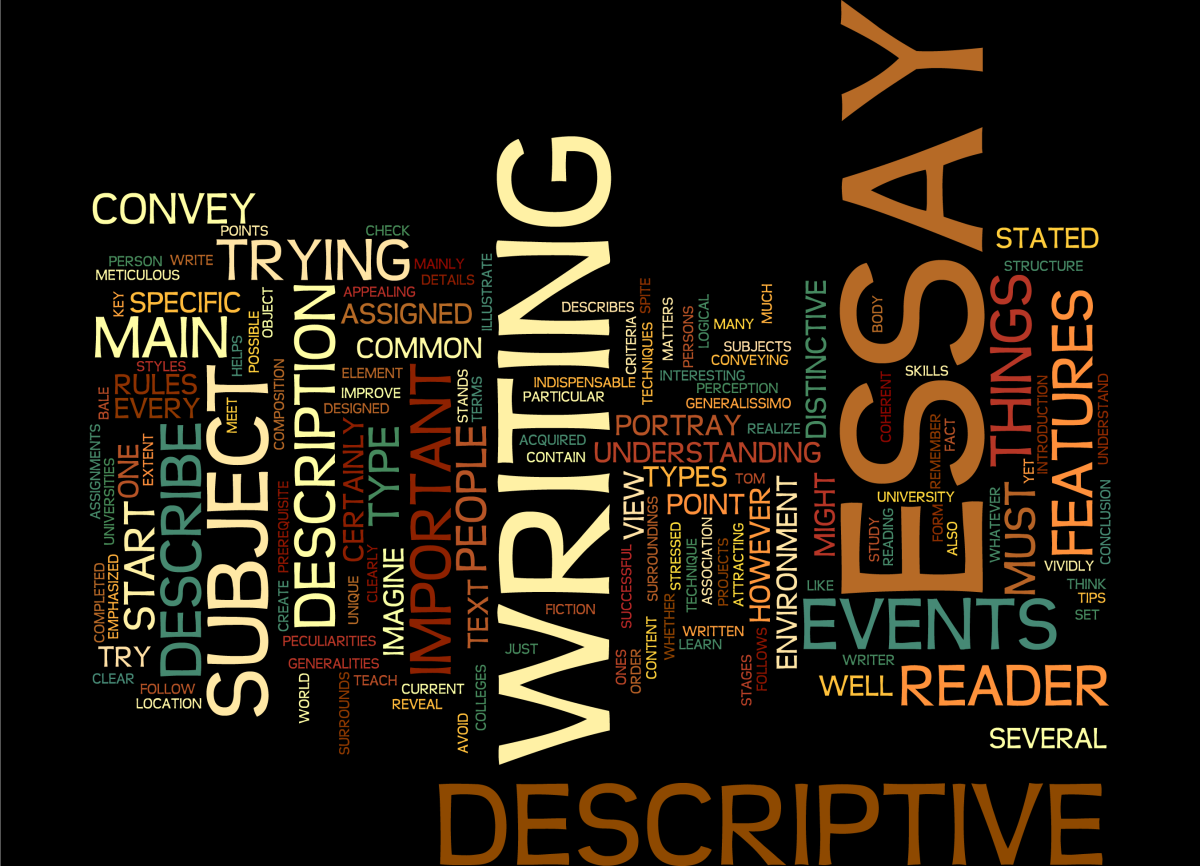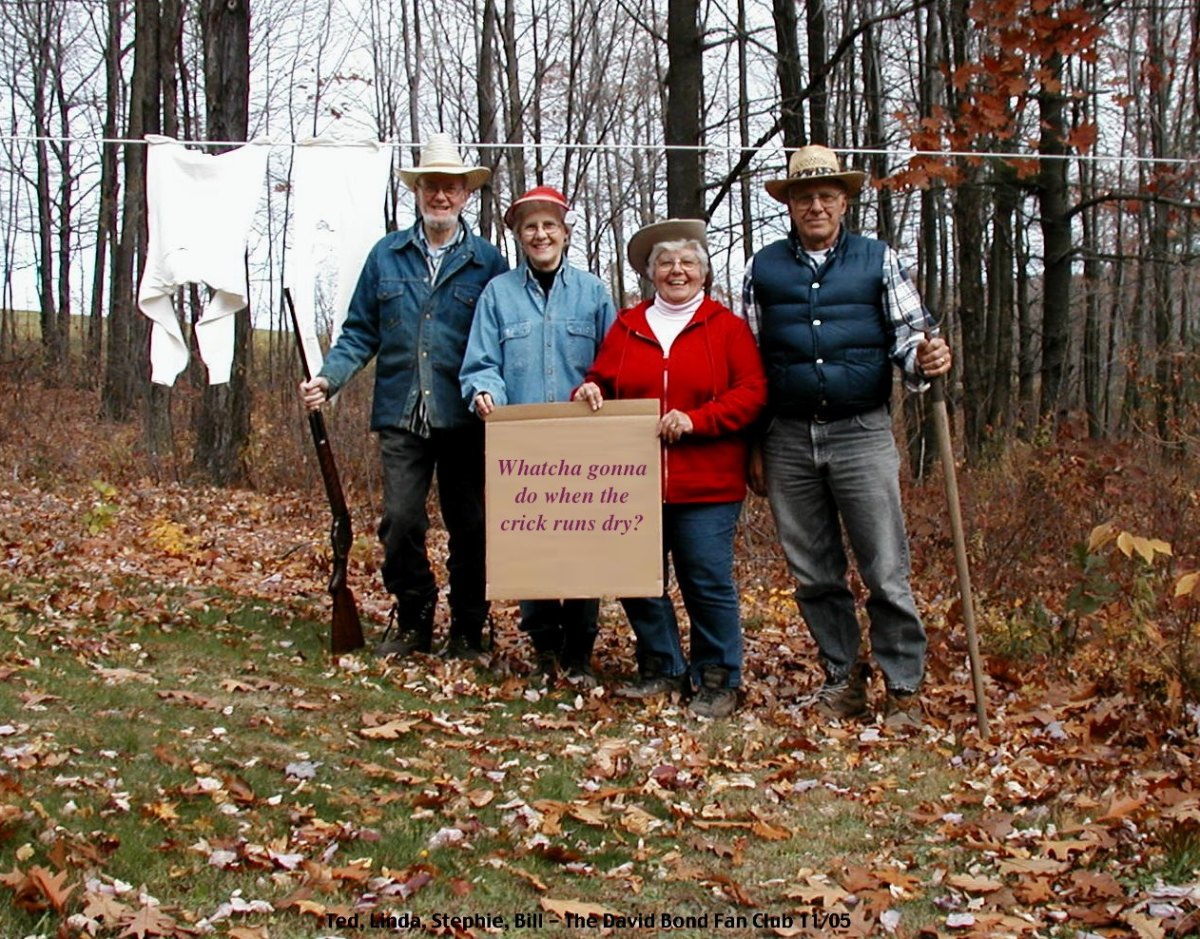How to Write Dialogue
Characters Speak themselves into Life
I find the blank page exciting and some writers find the blank page daunting. In order to keep moving forward, some productive procrastination is in order.
Productive Procrastination Methods
- Watch the first five minutes of three different TV pilots; turn off the TV and write down every detail you can recall.
- Read one of your journal entries from last month and underline sentences you like.
- Write a poem and record it on your voice memo
- Listen to your recitation of your poem
- Read Stephen King’s On Writing for 20 minutes
- Go for an invigorating walk, which George Bernard Shaw did on a daily basis for inspiration
- Write down your worst fears about your writing career and mail them to yourself
When I sit down to write, I write. To take the pressure off, I consider it a meditative act: in transcendental meditation, you repeat your mantra without worrying about the quality of your thoughts and in writing, keep the pen moving or the keys clicking without concerns about giving birth to a perfectly edited story with robust characters.
To create a story, you can begin with the color of the walls or the store where a character bought a sofa or you can begin with a five-minute conversation between two characters. In the interplay between two people, we can begin to define an individual. A conversation between two people can be akin to dancing or to the jostle on a crowded train platform.
People don’t always talk in particular ways in different contexts. In art, just as in life, people surprise you. One day, in New York City, my cab driver turned out to be a photographer doing an ethnological study of his passengers and a co-worker revealed he was an A.B.D. in a Linguistics program when he decided to leave academia for a life as a D.J.
As writers, we can subvert subverted norms to fictionalize our approximation of reality. And because of Social Media, we can find like-minded individuals who become our fans.
Our meticulously-researched writing is no longer relegated to dusty bookshelves at a college library.
How people talk and how you want people to talk can be very different things, and this makes writing delicious. You can make characters move through the world in idiosyncratic or surreal ways to please your imagination.
Let the characters talk themselves into being; the rhythm and tonality of their speech places them in the present and helps you create other useful elements, such as a past, desires, goals and obstacles. And you start simple because too much ornamentation means more edits.
Have your character wake up in a scene as a way to make an appearance and give him or her someone to talk to — a lover, a bird, a puppy, a neighbor.
After some words are exchanged, you can offer the reader a long descriptive rest — from conversations — in order to dress up the environment or scene.
Start from a mundane event such as a character saying ’good morning,’ drinking coffee and eating scrambled eggs. Then, let him tell you why he is living above his in laws in a two-family house and his wife moved to New Zealand.
A worthwhile experiment to capture the beats of a person’s speech is to assign different characters a genre of music: techno, rap, opera, jazz. Once you capture a character’s tonal gait, it‘s easier to keep them moving into their troubles, epiphanies and resolutions.
Imagine your character sitting across from you at a diner and he begins with ‘here’s how the problems started...’
Make yourself curious about the characters as if you were both creator and audience and ask yourself
‘Did he say what I thought he said?’

© 2018 Odilia Rivera-Santos







